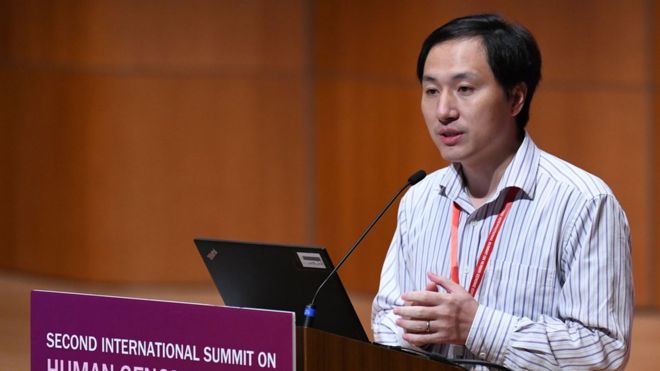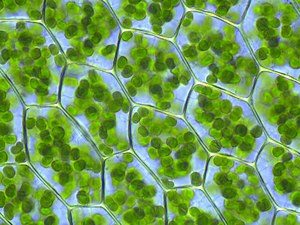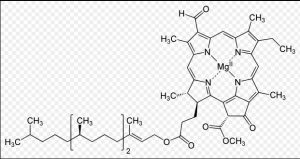You hear about Genetically Modified Organisms every now and then on the news. Usually referred to as GMOs they are generating a great deal of excitement among biochemists and the food industry while causing just as much fear in some parts of the general population.
In a sense we have been modifying living creatures for 10,000 years. Starting with wolves we selectively bred them to enhance the characteristics we desired until we got man’s best friend the dog. Using the same techniques human beings have selectively bred hundreds of species of plant and animal to give us pretty much all of the food we, and our selectively bred pets, eat!
Selective breeding is genetic modification from the outside however. It’s only over the last 30-40 years that biochemists have been able to go straight to a living creature’s DNA and directly modify it. And it’s only in the past five years that scientists have possessed the precise and efficient gene-modifying tool known as CRISPR. (See my Posts of 5Aug17, 1Sept18 and 1Dec18 to learn more about CRISPR and how this gene-editing tool works).

Using CRISPR biochemists hope to modify the plants and animals we eat in order to make them to grow larger more quickly, while requiring less fertilizer or feed. This would of course make food both cheaper and more abundant and in a world where more than 10% of the population goes to bed hungry that has to be a good thing.
One study could be a real game changer in the effort to produce more nourishing food. Researchers at the University of Illinois have been able to genetically modify the biochemical factories of plants in order to dramatically increase the efficiency of photosynthesis itself.

You’ll recall that photosynthesis is the chemical process by which plants use sunlight to convert carbon dioxide and water into sugars. In fact photosynthesis is the basic chemical reaction by which all of the world’s food is produced! Photosynthesis is rather inefficient however; it is chemically unable to distinguish between a carbon dioxide and oxygen molecules. According to plant biologist Donald Ort, the study’s senior author, “This is essentially anti-photosynthesis, and the plant produces a toxic compound that it has to recycle and detoxify.”
The researchers modified the DNA of Tobacco plants to simplify and speed up that detoxifying process resulting in plants that grew larger much more quickly, see image below. Dr. Ort and his team choose tobacco plants as a test subject because tobacco grows quickly and possesses genes that are easy to manipulate. The results are certainly impressive with tobacco plants that are 40% larger than ordinary plants.

Having demonstrated the advantages of their approach the biochemists are now applying their technique to more useful plants like potatoes and soybeans. If this enhanced photosynthesis can be applied to other vegetable crops the resulting increase in food production could go a long way to helping feed the hungry nations of the world.
Some scientists are using gene editing to be a little more creative. One group wants to develop a spicy, peppery tomato. Now it turns out that tomatoes and peppers are pretty closely related, having split apart only about 20 million years ago. This means that the genes to produce Capsaicin, the chemical that makes peppers spicy, are still there inside a tomato’s DNA but according to co-author Agustin Zsögön they “are just not active.” Dr. Zsögön hopes to reactivate those genes allowing the humble tomato the ability to be as hot as any chilli pepper.

So why would scientists be so keen on developing a spicy tomato. Well the chemical capsaicin does more than just make your food taste spicy. Research has shown that capsaicin compounds are high in antioxidants; help the body fight cancerous tumors while aiding in both weight and pain management.
Right now the challenge is in determining which genes within the tomato to either turn back on, or turn off in order to get tomatoes to start producing capsaicin. Still, in a few years you may not need that habanero pepper in order to put some heat in your recipe for enchilada sauce!
Whether we use gene editing to greatly increase food production or just put a little more spice in our meals there are going to be people who are concerned about what other, unintentional chemicals we may be putting in what we eat. The workings of DNA, and the processes by which it controls the growth of cells are still largely unknown. The fear is that by modifying the genes of organisms to make them produce more food, we may also cause them to produce poisons or other deadly chemicals.
The scientists working on gene editing techniques are aware of this problem. As Dr. Ort says, “…any enhanced crops would undergo rigorous testing before they are ever consumed by humans.” Scientists like Dr. Ort may be determined to go slowly and test completely but what about large food corporations who are determined to both keep costs down and get their new products on the market before their competitors do. And not all the scientists are as trustworthy as Dr. Ort. Remember Chinese scientist He Jiankui who just two months ago revealed that he had used CRISPR on human embryos!

Like every advance in science gene editing can either benefit the world or harm it. It’s up to us, all of us to decide which it will be.



